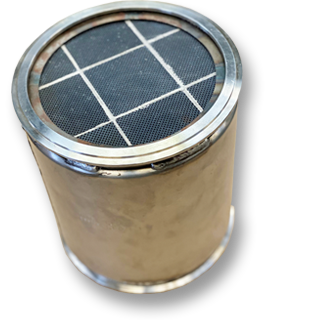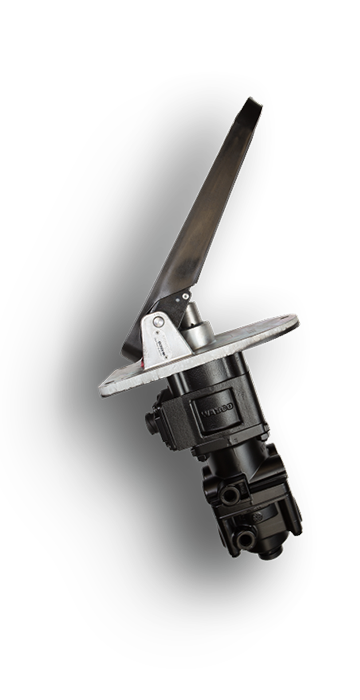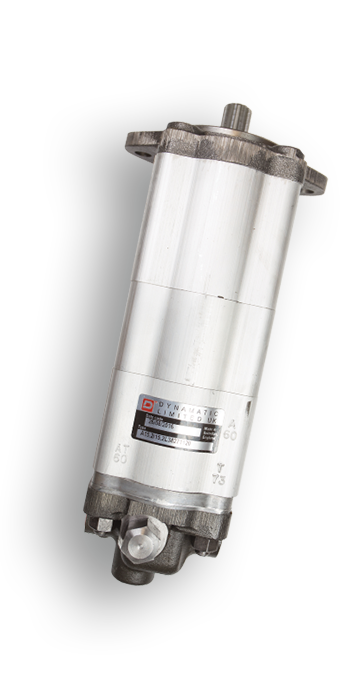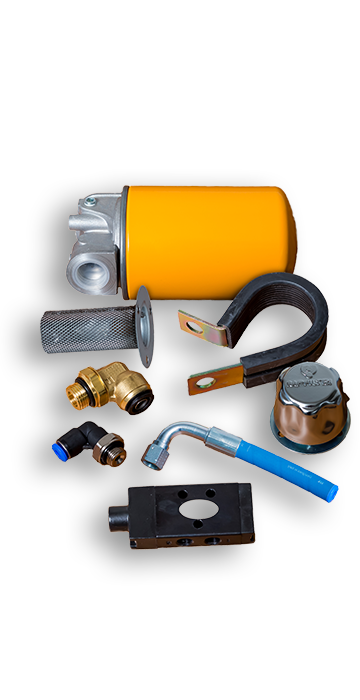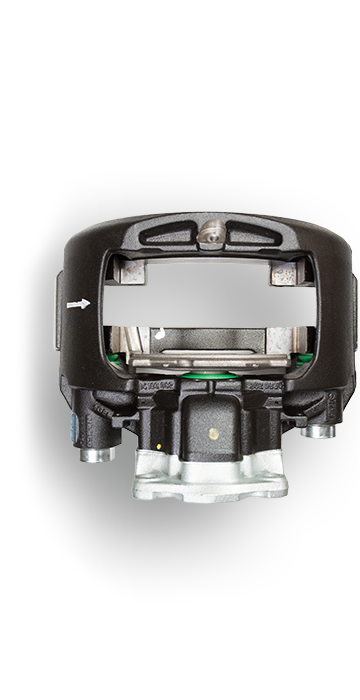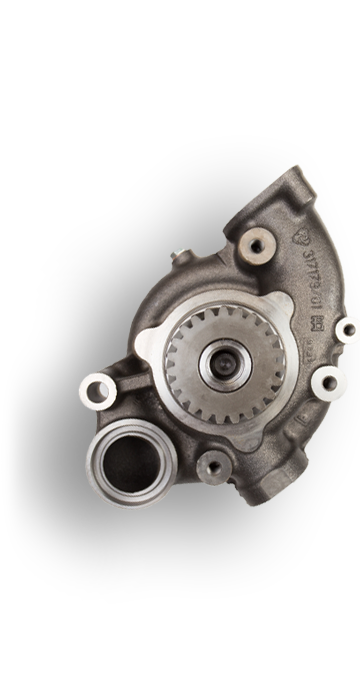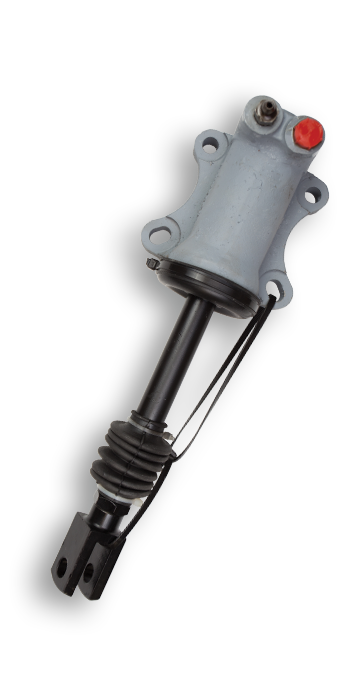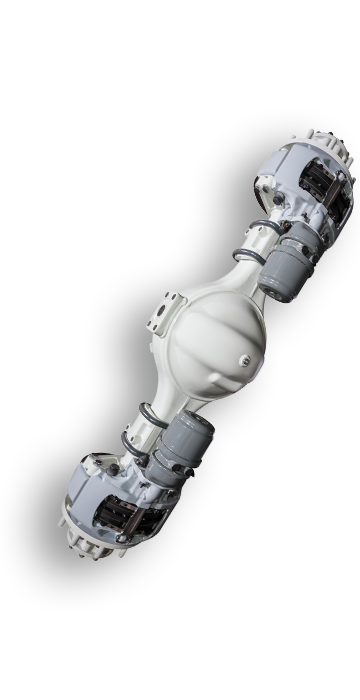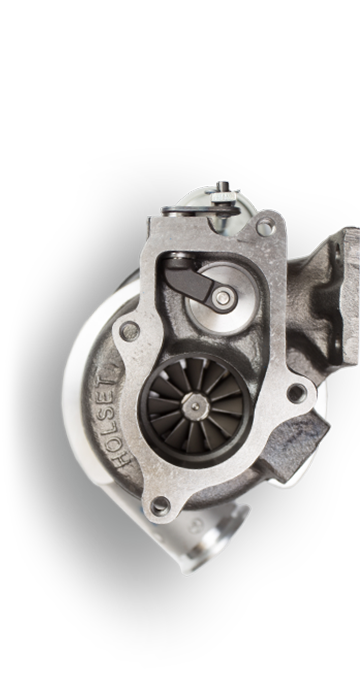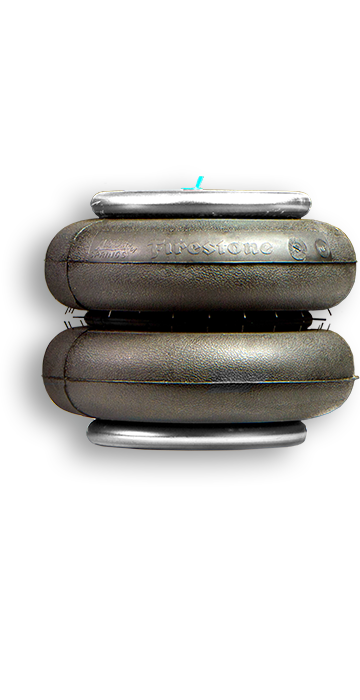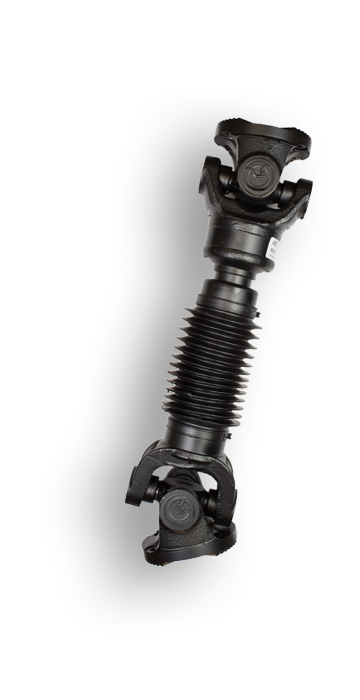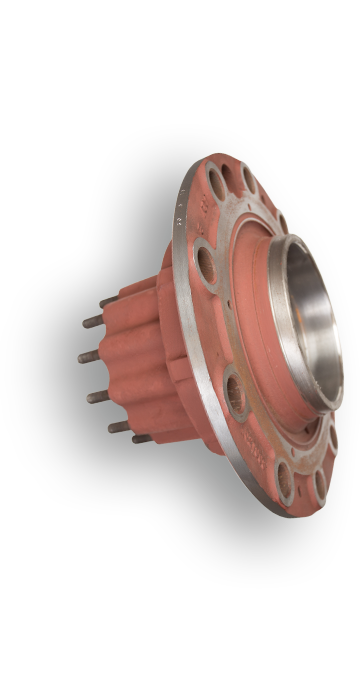Since the introduction of the Euro 6 regulations, bus emissions have never been less toxic. Whilst this is of benefit to the wider environment, little has been reported about the health and safety risks associated with handling urea (a pure form of ammonia) in the workshop, or from servicing Diesel Particulate Filters (DPFs) for buses and coaches.
Over the past decade, ever-tightening EU regulations have seen bus emissions fall dramatically. A great deal of work by manufacturers and Tier 1 suppliers has gone into reducing both Nitrous Oxide (NOx) and Particulate Matter (PM) because of their carcinogenic properties.
Most emissions control is achieved with exhaust after-treatment systems, including Selective Catalyst Reduction technology to control NOx emissions and Diesel Particulate Filters (DPFs) to trap PM (ash and soot) in the exhaust gas stream. SCR relies on the addition of ‘AdBlue’, which acts as a catalyst to convert the Nitrous Oxide, while bus and coach DPFs incorporate active and passive regeneration systems to oxidise accumulated carbon deposits, preventing the filter getting blocked. There is still an ash residue present, however, which builds up over time, necessitating removal of the DPF for cleaning at the recommended interval. At this point, there are some serious potential health and safety considerations for the workshop.
Blocked filters contain some carcinogenic particulate matter and ash. The post-combustion ash is present in very fine particles that can remain airborne for some time, posing a risk to health if inhaled. Consequently, attempts at a quick-fix by simply blowing the ash out with a compressed air line are in breach of UK Health and Safety regulations, not to mention risking damage to the DPF core.
When bus and coach DPFs require servicing, the best approach is to remove it and send it away for specialist cleaning, or swap it for a service-exchange unit. On-premises cleaning is not widely established in the UK because bus and coach DPF filters are only just reaching that stage in their lives where enough ash has accumulated to cause DPF issues. Vehicle manufacturers typically recommend bus DPF maintenance based on mileage intervals and experts in this field believe that fleet operators should treat ash and soot build-up as important a service requirement as changing the oil.
The bus DPF is also an integrated part of the vehicle’s electronic system, so if a DPF warning light is triggered then it must be extinguished and the ECU reset before the vehicle can be returned to service.
One major provider of cleaning services to the bus industry is UK company, Ceramex, which warns against DIY cleaning of filters using pressure washers. There’s a great risk that the ceramic filter element will be damaged and in the case of a Euro VI vehicle where there is a chemical wash on the filter element, this can be spoiled by chemicals in tap water. Ceramex’s patented ‘Xpurge’ process involves filling the DPF filter with purified water, which blocks the open cells. Pulses of air are then forced into the filter to dislodge accumulated material and this flushes out with the water. Because the dislodged ash is suspended in the water, there is no danger of it becoming airborne and the water and solids are separated and disposed of in controlled conditions with the ash residue being sent as registered waste to landfill.
As well as requiring periodic cleaning, the longevity of bus DPFs can be maximised by using only the correct oil and fuel. DPF-equipped engines require low-sulphur diesel and low or medium-SAPS engine oil, according to the manufacturer’s recommendation. Oils high in SAPS (sulphated ash, phosphorous and sulphur) can ash-up a filter very quickly. If possible, fleet operators should look to rotating vehicles between slow, congested, urban routes and faster, longer ones, which encourages passive regeneration of the filters.
